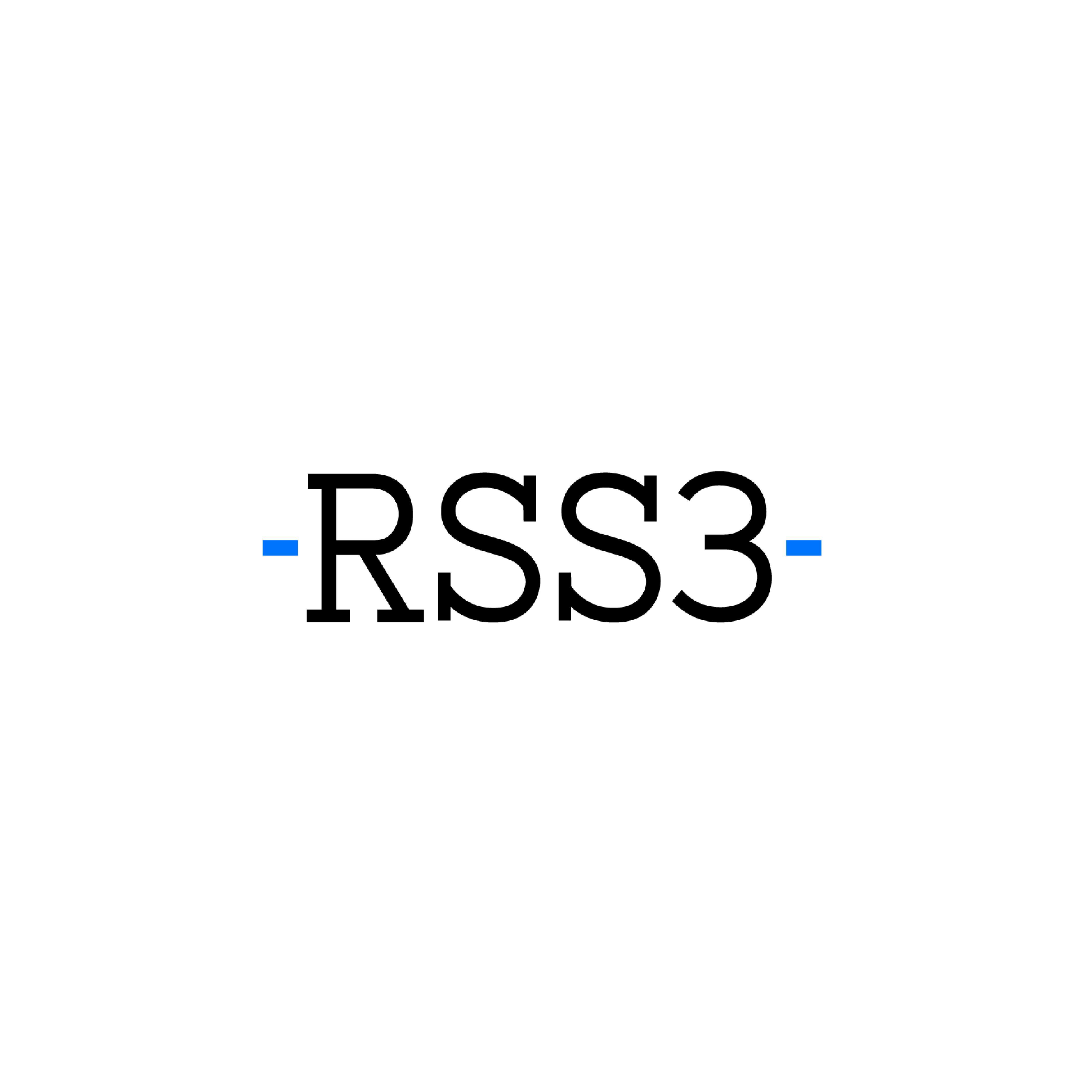-
 Bitcoin
Bitcoin $84,514.1750
0.43% -
 Ethereum
Ethereum $1,592.3644
0.42% -
 Tether USDt
Tether USDt $0.9999
0.02% -
 XRP
XRP $2.0784
-0.80% -
 BNB
BNB $592.3913
0.98% -
 Solana
Solana $134.5627
2.18% -
 USDC
USDC $0.9999
0.00% -
 Dogecoin
Dogecoin $0.1566
0.70% -
 TRON
TRON $0.2435
-1.92% -
 Cardano
Cardano $0.6196
0.09% -
 UNUS SED LEO
UNUS SED LEO $9.1443
0.41% -
 Chainlink
Chainlink $12.6177
1.51% -
 Avalanche
Avalanche $19.1279
-0.07% -
 Toncoin
Toncoin $3.0098
1.82% -
 Stellar
Stellar $0.2440
2.00% -
 Shiba Inu
Shiba Inu $0.0...01208
2.39% -
 Hedera
Hedera $0.1656
3.48% -
 Sui
Sui $2.1327
2.01% -
 Bitcoin Cash
Bitcoin Cash $342.4313
3.75% -
 Polkadot
Polkadot $3.7227
2.67% -
 Litecoin
Litecoin $75.9959
1.54% -
 Hyperliquid
Hyperliquid $16.7886
2.49% -
 Dai
Dai $1.0000
0.01% -
 Bitget Token
Bitget Token $4.3774
0.71% -
 Ethena USDe
Ethena USDe $0.9991
0.01% -
 Pi
Pi $0.6202
2.28% -
 Monero
Monero $216.8067
0.20% -
 Uniswap
Uniswap $5.2136
0.81% -
 Pepe
Pepe $0.0...07185
0.00% -
 OKB
OKB $50.3686
-0.17%
What is sharding technology in Web3?
Sharding technology, used in Web3 networks like Ethereum 2.0 and Polkadot, enhances scalability by splitting the blockchain into smaller, independently operating shards, significantly increasing transaction throughput and reducing processing time.
Feb 19, 2025 at 03:36 am
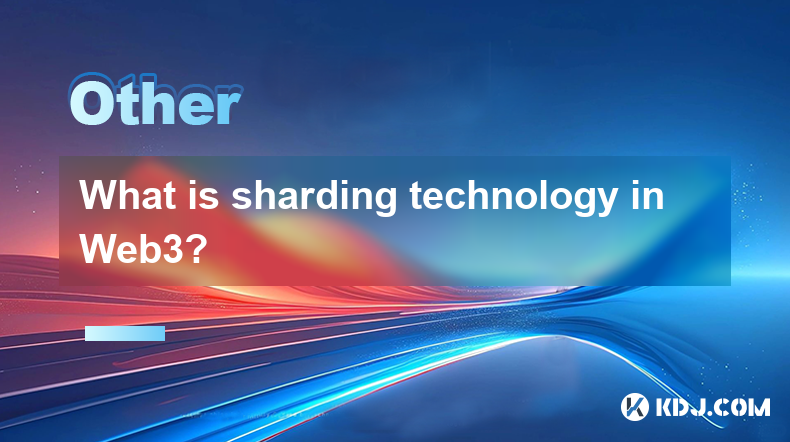
Key Points of Sharding Technology in Web3
- Definition of Sharding Technology
- Benefits of Sharding Technology
- Challenges of Implementing Sharding Technology
- Current Applications of Sharding Technology
- Future Applications of Sharding Technology
What is Sharding Technology in Web3?
Sharding technology is a data partitioning technique used in distributed computing systems to improve performance and scalability. In the context of Web3, sharding involves splitting a blockchain network into multiple smaller and more manageable shards or fragments. Each shard operates independently and processes its own set of transactions, reducing the overall computational load on the network.
By breaking down a blockchain into smaller shards, sharding increases the network's throughput, as multiple shards can process transactions simultaneously. This significantly reduces transaction processing time and allows the network to handle a larger volume of transactions without compromising security or decentralization.
Benefits of Sharding Technology
Enhanced Scalability:
Sharding technology addresses the scalability challenges faced by many blockchain networks. By dividing the network into smaller shards, each shard can handle a smaller portion of the overall load, allowing the network to process a much larger number of transactions per second.
Increased Throughput:
With multiple shards processing transactions concurrently, the network's overall throughput is significantly increased. This enables the network to handle a higher volume of transactions without experiencing congestion or delays.
Reduced Latency:
Sharding reduces the latency associated with transaction processing. Since transactions are processed in parallel across multiple shards, users experience faster confirmation times, leading to a more responsive and efficient user experience.
Energy Efficiency:
By distributing computational load across multiple shards, sharding reduces the energy consumption per transaction. This makes Web3 networks more sustainable and environmentally friendly.
Challenges of Implementing Sharding Technology
Data Consistency:
Ensuring data consistency across multiple shards is a significant challenge. The network must implement mechanisms to synchronize data between shards and maintain a single source of truth.
Security Concerns:
Sharding may potentially weaken the security of a blockchain network. Attackers could target individual shards, compromising the integrity of the network and potentially leading to double-spending or other malicious activities.
Complexity of Implementation:
Implementing sharding technology is a complex and technically demanding task. It requires significant engineering effort to design and implement a sharding protocol that maintains the security, decentralization, and scalability of the blockchain.
Current Applications of Sharding Technology
Ethereum 2.0:
Ethereum 2.0, also known as Serenity, is the next major upgrade to the Ethereum network. It incorporates sharding as a key scaling solution to address the network's growing transaction volume.
Polkadot:
Polkadot is a blockchain platform designed to facilitate interoperability between multiple blockchains. It utilizes a sharding architecture to enhance the network's scalability and transaction processing capabilities.
Near Protocol:
Near Protocol is a blockchain network focused on scalability and ease of use. It employs sharding to achieve high transaction throughput and low latency, making it suitable for a wide range of applications.
Future Applications of Sharding Technology
Cross-Chain Interoperability:
Sharding technology can facilitate cross-chain interoperability by enabling communication and data exchange between different blockchains. This could create a more interconnected and collaborative Web3 ecosystem.
Supply Chain Management:
Sharding can be used to improve the efficiency and transparency of supply chain management systems. By distributing data across multiple shards, supply chains can maintain a single source of truth while reducing latency and improving traceability.
Decentralized Autonomous Organizations (DAOs):
Sharding can empower DAOs by enabling them to manage large-scale operations more effectively. By distributing data and decision-making processes across shards, DAOs can improve their efficiency and transparency.
FAQs
Q: How does sharding improve blockchain scalability?
A: Sharding increases scalability by splitting the blockchain into smaller shards, each of which handles a portion of the transactions, reducing the overall computational load and increasing transaction throughput.
Q: What are the challenges associated with implementing sharding?
A: Implementing sharding involves challenges such as ensuring data consistency across shards, addressing security concerns related to shard isolation, and overcoming the complexity of designing and implementing a sharding protocol.
Q: Which blockchain platforms currently use sharding technology?
A: Notable blockchain platforms employing sharding include Ethereum 2.0, Polkadot, and Near Protocol, all of which leverage sharding to enhance their scalability and transaction processing capabilities.
Q: How can sharding benefit cross-chain communication?
A: Sharding can facilitate cross-chain interoperability by enabling communication and data exchange between shards on different blockchains, fostering a more interconnected Web3 ecosystem.
Q: Can sharding improve supply chain management?
A: Sharding can enhance supply chain management by distributing data across multiple shards, maintaining a single source of truth, reducing latency, and improving traceability throughout the supply chain.
Disclaimer:info@kdj.com
The information provided is not trading advice. kdj.com does not assume any responsibility for any investments made based on the information provided in this article. Cryptocurrencies are highly volatile and it is highly recommended that you invest with caution after thorough research!
If you believe that the content used on this website infringes your copyright, please contact us immediately (info@kdj.com) and we will delete it promptly.
- Binance Remains the Top Crypto Exchange Despite Market Challenges in Q1 2025
- 2025-04-18 22:10:13
- Justin Sun Stands Firm on Ethereum Amid Market Dip
- 2025-04-18 22:10:13
- Ethereum (ETH) market trends have changed as big players made significant operations across the exchanges.
- 2025-04-18 22:05:13
- Binance Coin (BNB) is on track to reclaim one of its most fundamental price levels
- 2025-04-18 22:05:13
- The Ultimate Guide to Making Spectacular Profits by Investing in Ethereum (ETH) and Mutuum Finance (MUTM)
- 2025-04-18 22:00:12
- BYDFi Launches New Web3 Product—MoonX, a Smart Trading Tool Specifically Designed for MemeCoin Investors
- 2025-04-18 22:00:12
Related knowledge
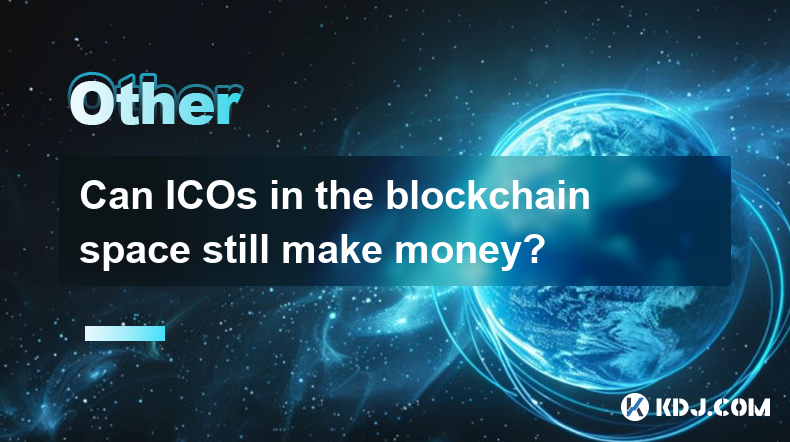
Can ICOs in the blockchain space still make money?
Apr 17,2025 at 08:29pm
The landscape of Initial Coin Offerings (ICOs) in the blockchain space has evolved significantly since their peak in 2017 and 2018. Despite the increased regulatory scrutiny and the rise of alternative fundraising methods like Security Token Offerings (STOs) and Initial Exchange Offerings (IEOs), ICOs can still be a viable way to raise funds and generat...

Can the application of blockchain in supply chain finance bring benefits?
Apr 15,2025 at 04:00pm
Can the application of blockchain in supply chain finance bring benefits? The integration of blockchain technology into supply chain finance has garnered significant attention in the cryptocurrency and financial sectors. This article explores how blockchain can potentially revolutionize supply chain finance, detailing its benefits and providing a compre...
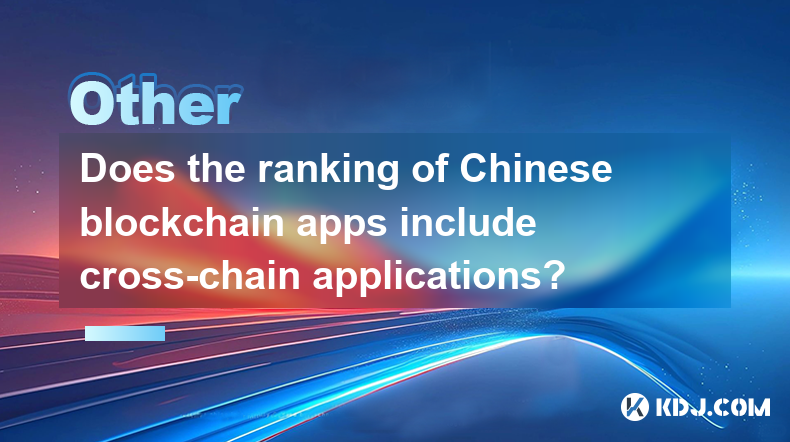
Does the ranking of Chinese blockchain apps include cross-chain applications?
Apr 14,2025 at 04:00pm
The ranking of Chinese blockchain apps is a comprehensive evaluation that takes into account various aspects such as user base, transaction volume, and technological innovation. A pertinent question arises regarding whether these rankings include cross-chain applications. Cross-chain applications, which allow different blockchain networks to interact an...
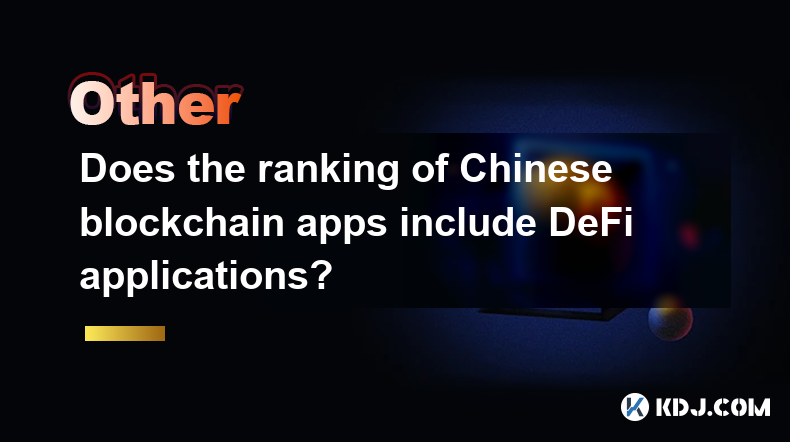
Does the ranking of Chinese blockchain apps include DeFi applications?
Apr 15,2025 at 06:57am
The ranking of Chinese blockchain apps is a comprehensive list that showcases the most popular and influential applications within the cryptocurrency ecosystem. One question that often arises is whether these rankings include DeFi applications. To answer this, we need to delve into the specifics of how these rankings are compiled and what types of appli...
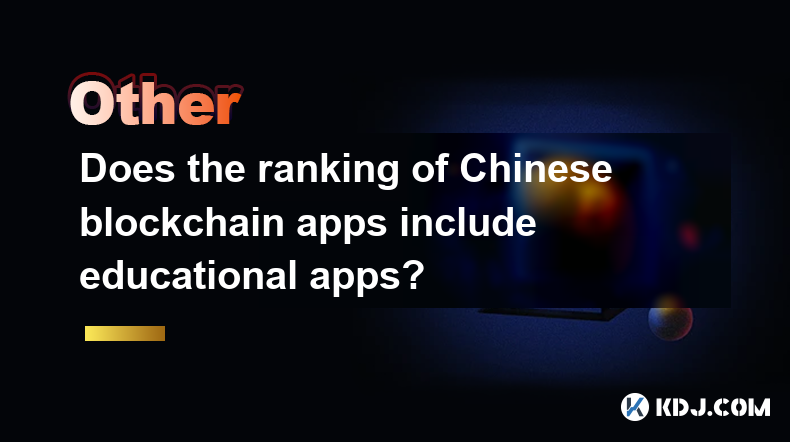
Does the ranking of Chinese blockchain apps include educational apps?
Apr 16,2025 at 03:35am
The ranking of Chinese blockchain apps often includes a variety of categories, from finance and gaming to social networking and beyond. One question that frequently arises is whether these rankings include educational apps. To address this, we need to delve into the specifics of how blockchain apps are categorized and ranked in China, and whether educat...
Does the ranking of Chinese blockchain apps include enterprise-level applications?
Apr 15,2025 at 06:42am
The ranking of Chinese blockchain apps often includes a variety of applications, ranging from consumer-focused to enterprise-level solutions. Understanding the scope and criteria for these rankings is essential to determine if enterprise-level applications are included. This article delves into the specifics of how Chinese blockchain app rankings are co...

Can ICOs in the blockchain space still make money?
Apr 17,2025 at 08:29pm
The landscape of Initial Coin Offerings (ICOs) in the blockchain space has evolved significantly since their peak in 2017 and 2018. Despite the increased regulatory scrutiny and the rise of alternative fundraising methods like Security Token Offerings (STOs) and Initial Exchange Offerings (IEOs), ICOs can still be a viable way to raise funds and generat...

Can the application of blockchain in supply chain finance bring benefits?
Apr 15,2025 at 04:00pm
Can the application of blockchain in supply chain finance bring benefits? The integration of blockchain technology into supply chain finance has garnered significant attention in the cryptocurrency and financial sectors. This article explores how blockchain can potentially revolutionize supply chain finance, detailing its benefits and providing a compre...

Does the ranking of Chinese blockchain apps include cross-chain applications?
Apr 14,2025 at 04:00pm
The ranking of Chinese blockchain apps is a comprehensive evaluation that takes into account various aspects such as user base, transaction volume, and technological innovation. A pertinent question arises regarding whether these rankings include cross-chain applications. Cross-chain applications, which allow different blockchain networks to interact an...

Does the ranking of Chinese blockchain apps include DeFi applications?
Apr 15,2025 at 06:57am
The ranking of Chinese blockchain apps is a comprehensive list that showcases the most popular and influential applications within the cryptocurrency ecosystem. One question that often arises is whether these rankings include DeFi applications. To answer this, we need to delve into the specifics of how these rankings are compiled and what types of appli...

Does the ranking of Chinese blockchain apps include educational apps?
Apr 16,2025 at 03:35am
The ranking of Chinese blockchain apps often includes a variety of categories, from finance and gaming to social networking and beyond. One question that frequently arises is whether these rankings include educational apps. To address this, we need to delve into the specifics of how blockchain apps are categorized and ranked in China, and whether educat...

Does the ranking of Chinese blockchain apps include enterprise-level applications?
Apr 15,2025 at 06:42am
The ranking of Chinese blockchain apps often includes a variety of applications, ranging from consumer-focused to enterprise-level solutions. Understanding the scope and criteria for these rankings is essential to determine if enterprise-level applications are included. This article delves into the specifics of how Chinese blockchain app rankings are co...
See all articles





















































































